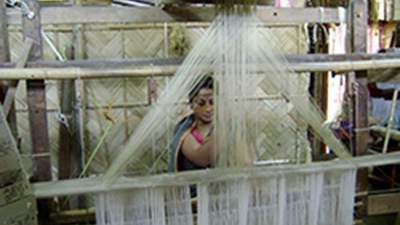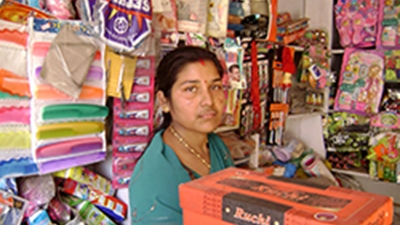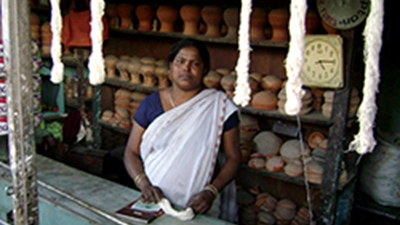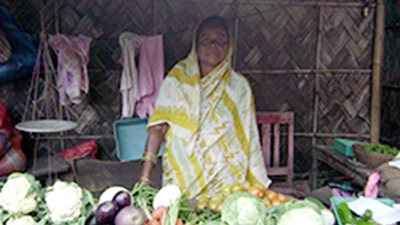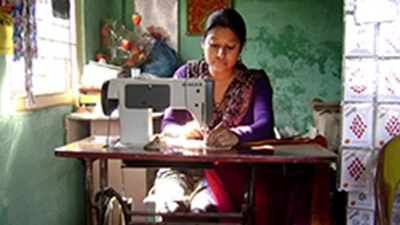In June 2010, the World Bank launched a project to scale up sustainable and responsible microfinance to reach the financially excluded, particularly in under-served parts of the country. The project supports the efforts of the government of India and the Small Industries Development Bank of India (SIDBI) to promote inclusive growth by fostering sustainable financing practices among Indian microfinance institutions (MFIs), and improving transparency.
To enable MFIs to expand their services in a responsible manner, SIDBI has developed the India Micro Finance Platform (IMFP), a common information platform that expands the depth and breadth of publicly available data on Indian MFIs. This includes the provision of critical financial, operational, and credit information. Since the platform’s inception in April 2012, the database has grown substantially. The number of reporting MFIs has increased, and granular, district-level datasets have been developed.
